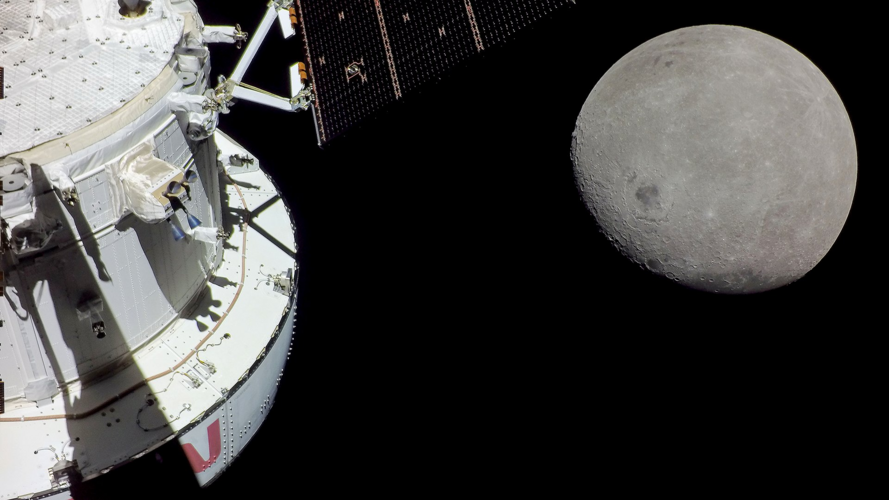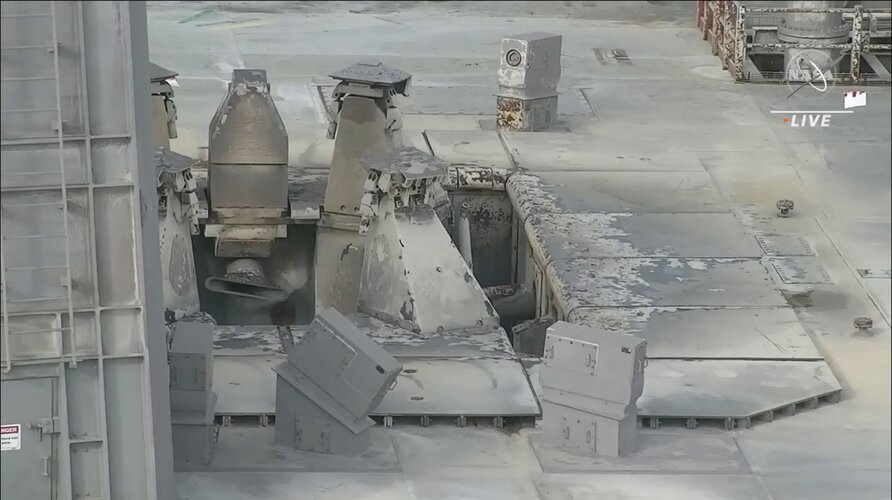With lunar gravity 1-6th of Earth, lunar lava tubes have grown to gargantuan sizes without collapsing. According to very serious calculations, lunar lava tubes could be THREE MILES WIDE.
Earth largest lava tubes: 30 m diameter
Mars largest lava tubes: 300 m diameter
Moon largest lava tubes: 3000 m diameter
And indeed, LRO, Kaguya and Chandrayaan data showed this
100 miles long lava tubes, 3 miles wide. This, folks, is mind blowing. What's more, every single kg of lunar regolith polished out of the cave interior will be 45% oxygen by weight.
NASA-funded scientists have discovered shaded locations within pits on the Moon that always hover around a comfortable 63 F (about 17 C) using data from

www.nasa.gov
A very comfortable 17°C, average.
What's not to like ? Except the low gravity, perhaps. But such huge caves could house rotating O'Neill cylinders... hence, artificial gravity.





